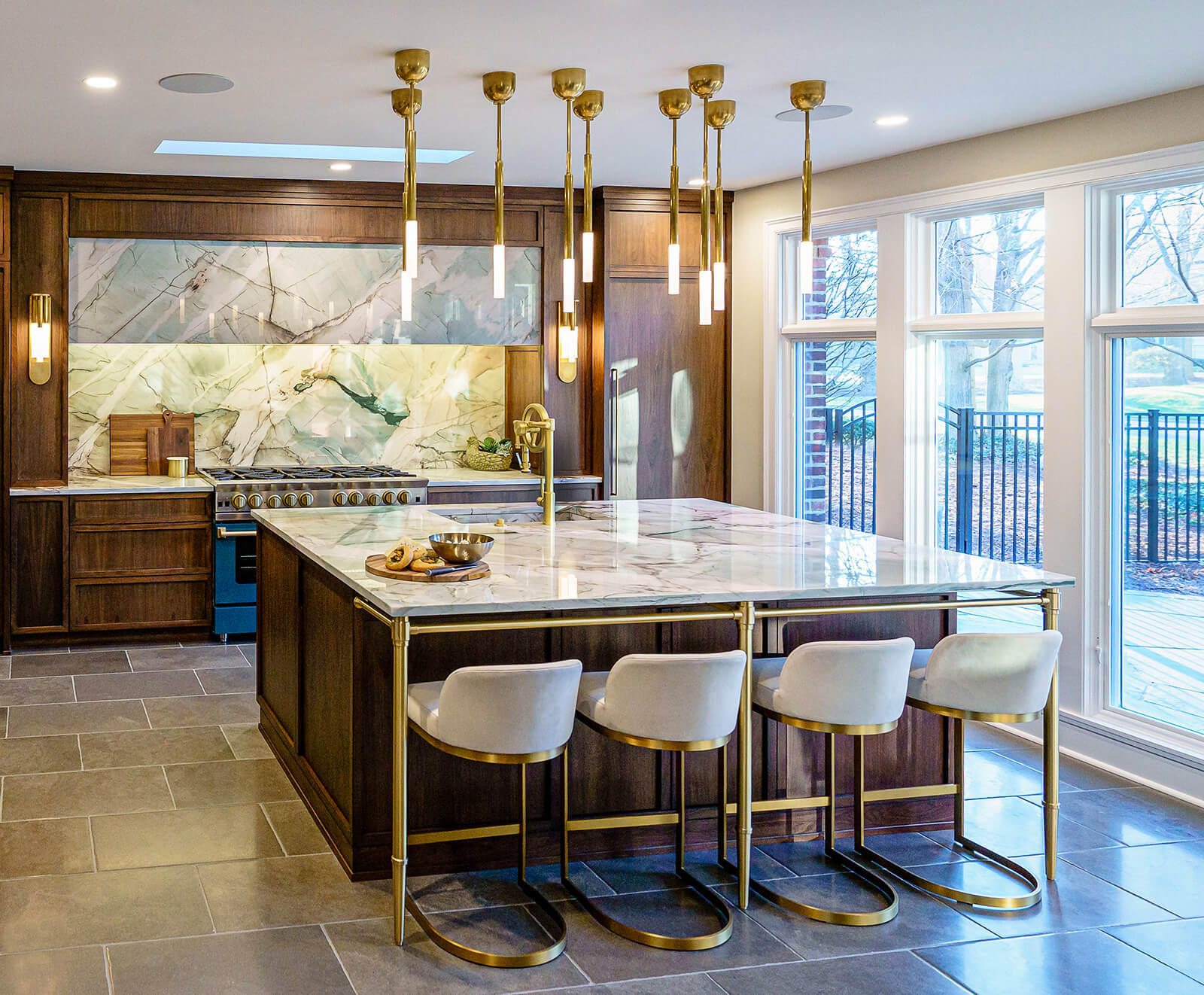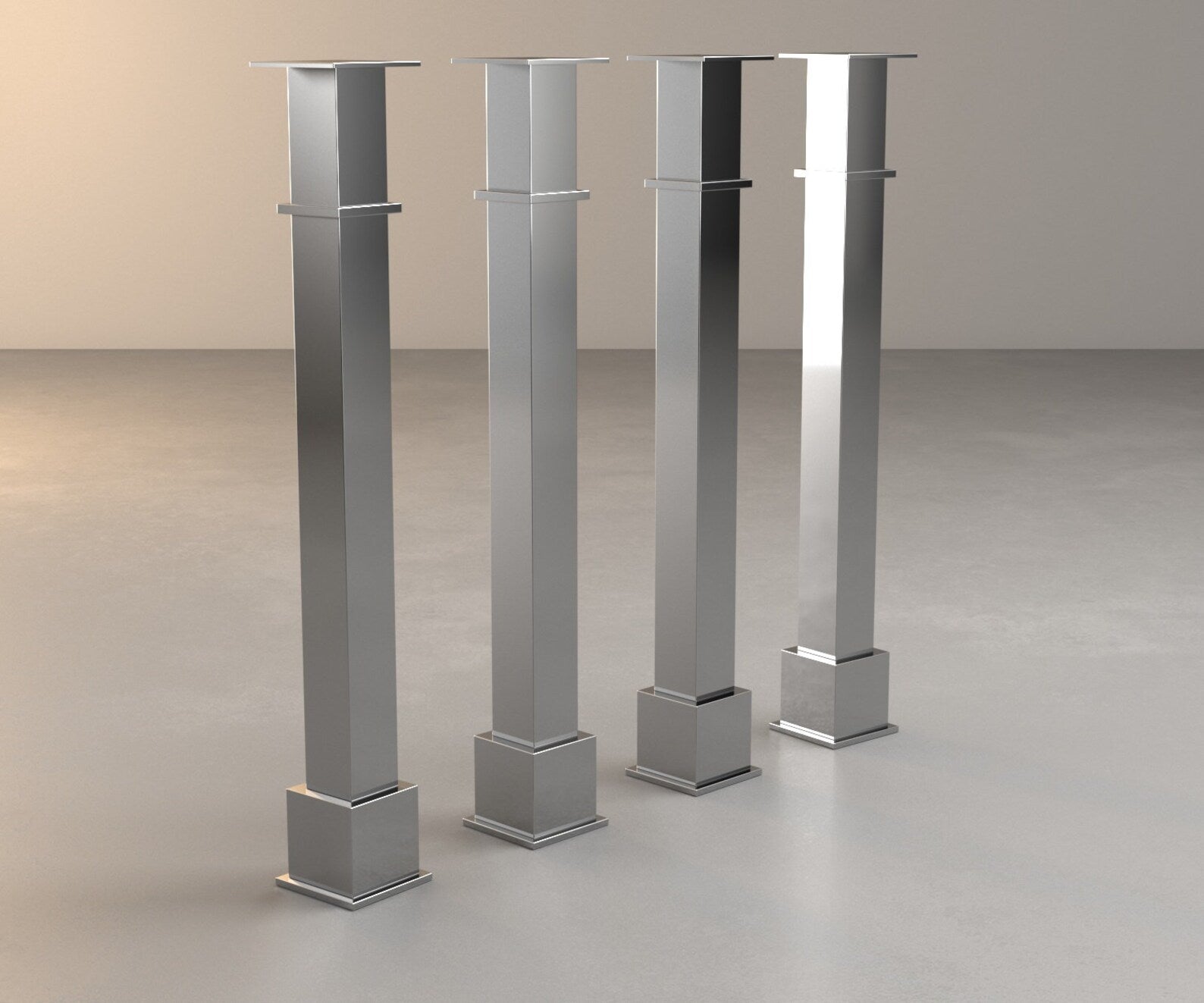Make Your Kitchen Island Stand Apart with Custom-made Legs For Kitchen Island
Make Your Kitchen Island Stand Apart with Custom-made Legs For Kitchen Island
Blog Article
Crucial Factors to Consider When Picking Legs For Cooking Area Island
Choosing the ideal legs for a kitchen area island entails a cautious analysis of several elements that can considerably affect both functionality and visual charm. As we check out these elements, it comes to be clear that each decision can have far-reaching effects for the overall kitchen area experience.
Material Options
When selecting legs for a cooking area island, comprehending the various product alternatives is essential for accomplishing both aesthetic appeal and architectural stability (Legs For Kitchen Island). The selection of material substantially affects not only the toughness of the island but also its general layout and capability
Metal legs, frequently made from stainless steel or wrought iron, contribute a commercial and modern-day feel while making sure sturdiness and stability. These materials are resistant to put on and can sustain considerable weight, making them optimal for larger islands.
An additional alternative is engineered materials, like MDF or plywood, which can be more cost-effective while still supplying an array of surfaces. They may not provide the very same degree of stability as strong wood or steel. Legs For Kitchen Island. Last but not least, materials such as acrylic or glass can create a modern look, though they might require added support to guarantee security.
Eventually, the choice of material for kitchen island legs must straighten with the wanted performance and the total style of the kitchen.
Design And Style

When considering design, the shape and surface of the legs are crucial. Conical legs can supply a sense of lightness and elegance, while thicker, a lot more robust legs can communicate toughness and stability. In addition, the finish-- be it painted, tarnished, or natural-- must complement the cabinets and kitchen counter materials to produce a unified appearance.
Moreover, the style of the legs can additionally reflect individual preference. Custom or ornamental legs, such as those including intricate carvings or special geometric forms, can work as centerpieces, including personality and individuality to the kitchen. Eventually, the ideal selection will not only improve performance yet also elevate the aesthetic charm, making the kitchen area island a standout attribute of the home.
Height Considerations
Selecting the ideal elevation for kitchen area island legs is critical, as it directly affects both functionality and comfort. The standard height more information for a kitchen area island usually ranges from 36 to 42 inches, aligning with common kitchen counter elevations. A 36-inch height is suitable for food prep work and food preparation, permitting comfy use kitchen appliances and tools. Conversely, an elevation of 42 inches is often preferred for islands intended for bar seats, suiting taller stools and providing why not find out more a casual dining experience.

It is likewise vital to account for customers' choices and heights. Personalizing the height can make certain a comfortable experience for all member of the family, making the cooking area island an extra useful and satisfying room.
Weight Assistance
Making certain sufficient weight support for cooking area island legs is important for both safety and security and functionality. The kitchen island frequently offers several functions, consisting of food prep work, eating, and additional storage space, necessitating a durable assistance structure. When choosing legs, it is crucial to think about the total weight capacity needed based upon the island's intended use and the materials that will be put on it.
The selection of material for the legs plays a considerable function in their weight-bearing capacities. Solid wood, metal, and durable compounds generally offer premium strength compared to lighter materials. Furthermore, the style of the legs-- whether they are right, tapered, or have a pedestal kind-- can affect their ability to distribute weight efficiently across the structure.
Always consult the supplier's requirements relating to tons limits to ensure that the legs can maintain the designated weight without compromising safety and security. In recap, selecting cooking area island legs with ample weight support is important for developing a risk-free and functional culinary room.
Setup and Upkeep
Proper installation and maintenance of cooking area island legs are vital for ensuring durability and stability. This typically involves safeguarding the legs to the island base making use of ideal fasteners, guaranteeing that the legs are degree and straightened.
Once installed, routine upkeep is essential to preserve the integrity and appearance of the legs - Legs For Kitchen Island. For wooden legs, regular cleansing with a wet towel and application of suitable wood polish can avoid wetness damages and maintain their coating. Steel legs might call for a mild cleansing solution to remove grease and grime, followed by a dry cloth to avoid rust formation
Furthermore, examine the legs frequently for signs of wear or damages, such as cracks or loosened joints. Tightening screws or screws as needed can also lengthen the lifespan of the legs. By sticking to these setup and upkeep methods, homeowners can make certain that their kitchen area island continues to be strong and visually appealing for several years to come.
Verdict

Aesthetic coherence is paramount in selecting the style and layout of legs for a kitchen area island, as these aspects significantly affect the total atmosphere of the space. Conical legs can provide a sense of lightness and style, while thicker, much more robust legs can share toughness and stability.Choosing the proper elevation for cooking area island legs is critical, as it straight influences both performance and comfort. In recap, picking kitchen island legs with appropriate weight assistance is essential for creating a safe and practical culinary room.
In final thought, picking legs for a kitchen island necessitates careful consideration of different elements, including product choices, style, height, weight support, and installation.
Report this page